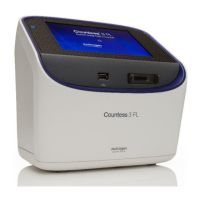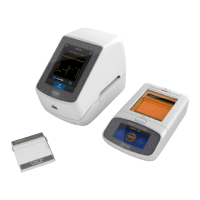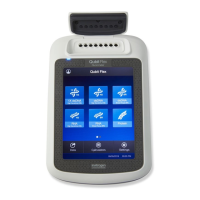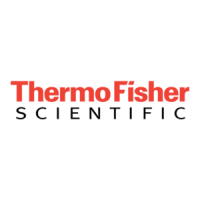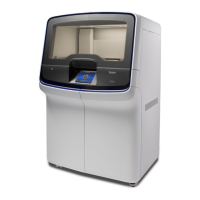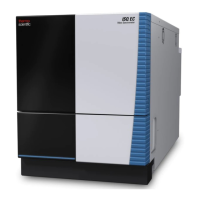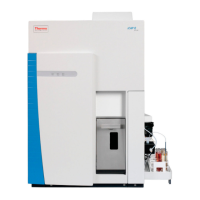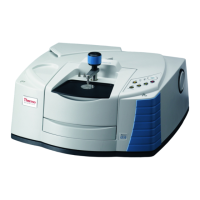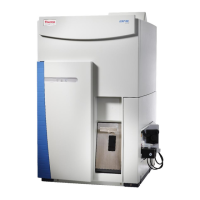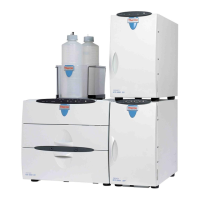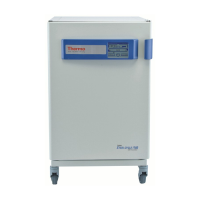Why is the fluorescence extremely bright and bleeding through into other filters on my Thermo Scientific Invitrogen Countess 3 FL Laboratory Equipment?
- KKimberly WiseAug 4, 2025
If the fluorescence appears extremely bright and is bleeding through into other filters on your Thermo Scientific Laboratory Equipment, the light intensity might not be set correctly. You should decrease the fluorescence light intensity before counting the cells.
